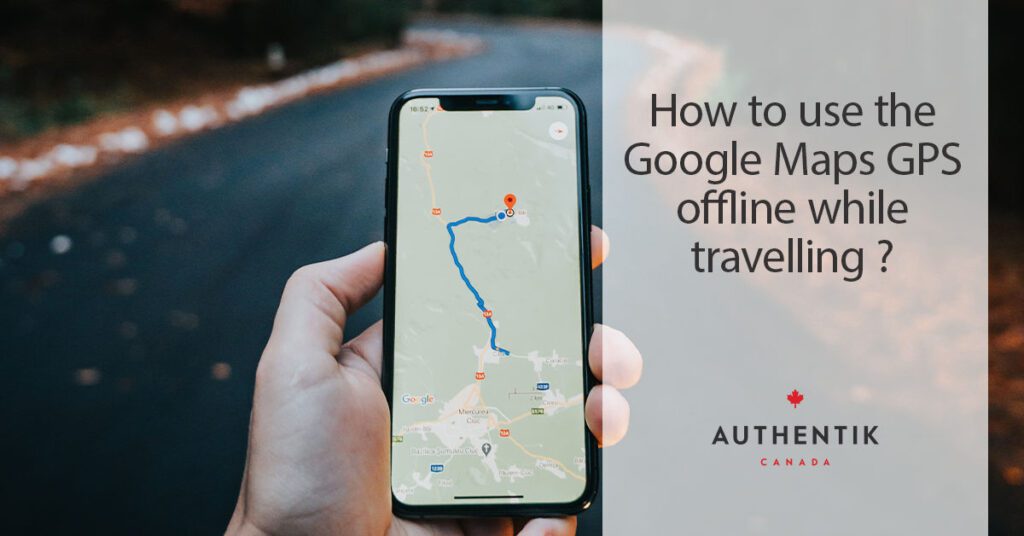Maps and GPS have made travel easier and more accessible. Choosing the right navigation tool, whether it’s a paper map, GPS device, or smartphone app, is crucial. Familiarize yourself with your map before starting your journey and use GPS effectively by inputting your destination and regularly checking for updates. Safety should always be a priority while using maps and GPS, obey traffic laws and be aware of your surroundings. By following these expert tips, travelers can ensure a successful journey from Point A to Point B, whether in a city or on a road trip. Maps and GPS are essential companions for any traveler.
From Point A to Point B: Expert Advice on Using Maps and GPS for Travel
Introduction
Maps and GPS have revolutionized the way we navigate the world, making travel easier and more accessible than ever before. Whether you’re exploring a new city, hiking through the wilderness, or embarking on a road trip, having a reliable map or GPS device at your disposal can help ensure you reach your destination safely and efficiently. In this article, we’ll provide expert advice on how to effectively use maps and GPS for travel.
Choosing the Right Tool
When it comes to navigation, there are a variety of tools available to travelers, including paper maps, GPS devices, and smartphone apps. Each option has its own advantages and disadvantages, so it’s important to choose the right tool for your specific needs. If you prefer a traditional approach, a paper map can be a reliable backup in case your GPS device fails. On the other hand, GPS devices and smartphone apps offer real-time navigation and can help you avoid getting lost in unfamiliar territory.
Understanding Your Map
Before embarking on your journey, take the time to familiarize yourself with your map. Pay close attention to key features such as landmarks, roads, and points of interest, as well as the scale and legend. Understanding how to read a map can help you navigate more efficiently and make informed decisions while on the road.
Using GPS Effectively
GPS devices and smartphone apps have become invaluable tools for modern travelers, providing turn-by-turn directions, real-time traffic updates, and even recommendations for nearby attractions and restaurants. To use your GPS effectively, input your destination before starting your journey, and regularly check for updates and alternate routes. Remember that GPS devices are not infallible, so always have a backup plan in case of technical issues or connectivity problems.
Staying Safe on the Road
While maps and GPS can be incredibly helpful, it’s important to prioritize safety while traveling. Always obey traffic laws, drive defensively, and be aware of your surroundings. If you’re hiking or exploring remote areas, bring a paper map as a backup and let someone know your itinerary in case of emergencies. Trust your instincts and exercise caution, especially in unfamiliar or high-risk areas.
Conclusion
Maps and GPS have transformed the way we navigate the world, making travel more accessible and enjoyable than ever before. By choosing the right tool, understanding your map, using GPS effectively, and prioritizing safety, you can ensure a smooth and successful journey from Point A to Point B. Whether you’re exploring a new city or embarking on a cross-country road trip, maps and GPS are essential companions for any traveler.
